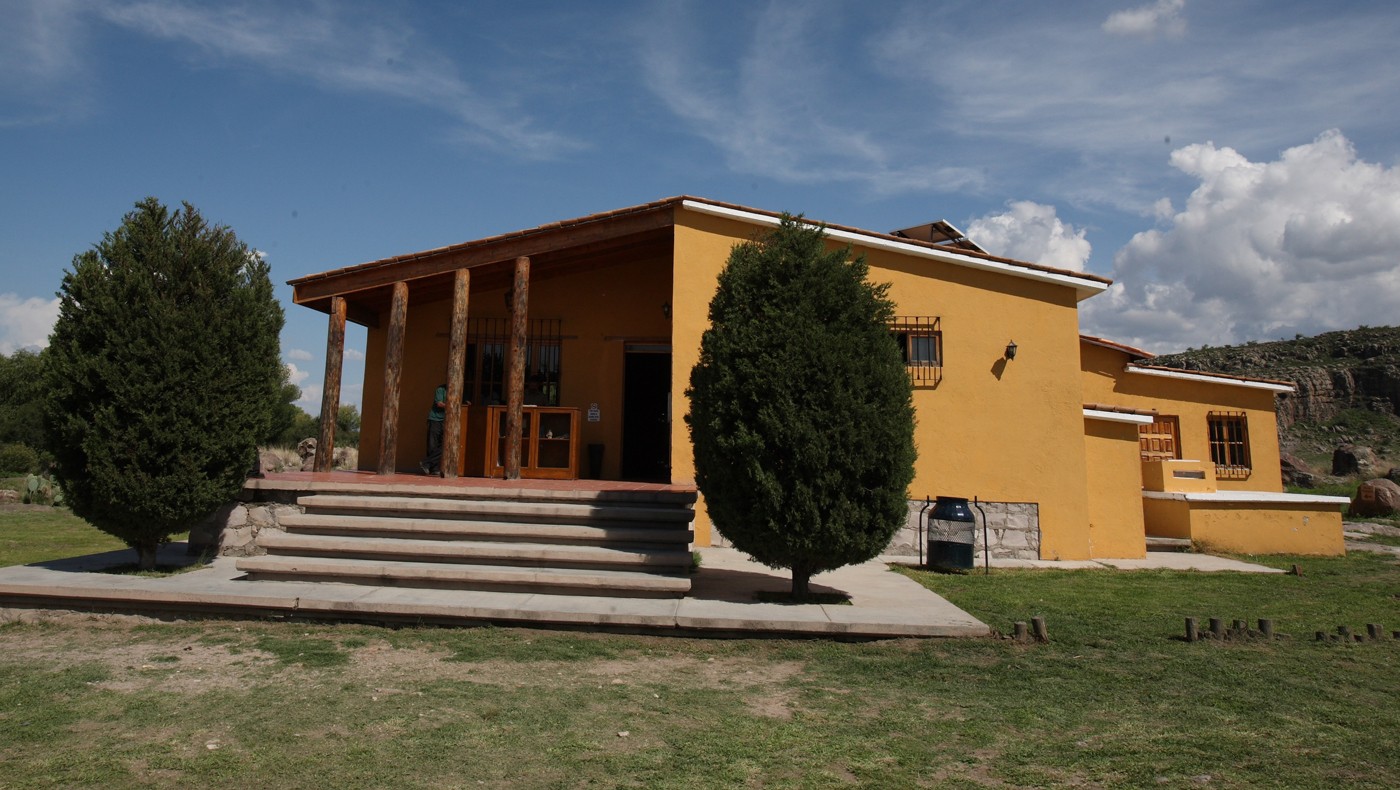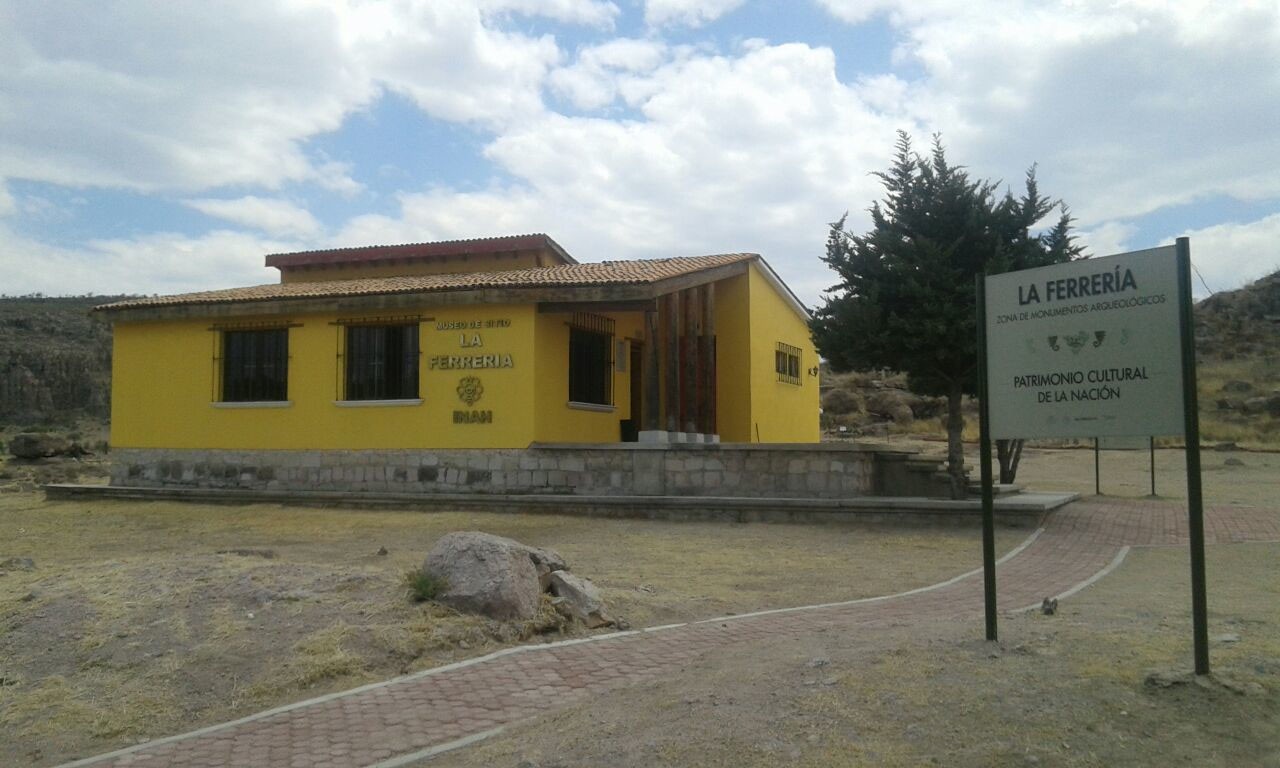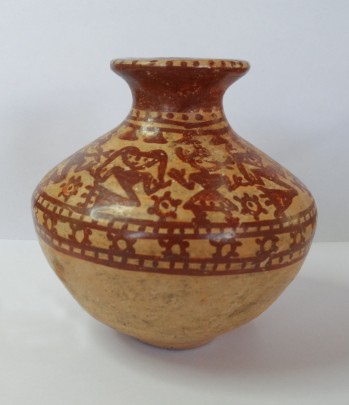The museum’s exhibits include archeological artefacts that once formed part of the Guadiana branch of the Chalchihuite culture. The most impressive works include ceremonial and domestic pottery and stone carvings, expressing the ideology of the former inhabitants of this region through the different vessels’ iconography and the shape of the various implements. Some of the items bear witness to exchanges with other groups; objects have been recovered from the archeological site of La Ferrería which belong to the Pacific Coast cultures, specifically relating to the Aztatlan group with which there was a high level of interaction, especially during the Río Tunal and Calera phases (1000-1350 AD).
Thanks to these artefacts it has been possible to reconstruct the timeframe for the Chalchihuites, a culture that existed approximately between 600 and 1350 AD, a period that has been subdivided into four phases in order to facilitate further research.
La Ferrería, Durango, México.
Travel along the road that leads to La Flor, arriving at the village of 4 de Octubre (formerly La Ferrería), turn eastward past the Tunal River bridge and continue along the paved road that leads to Lerdo de Tejada, which is parallel to an irrigation canal. The archeological area and site museum are approximately 1 km away, at the foot of a small hill.









